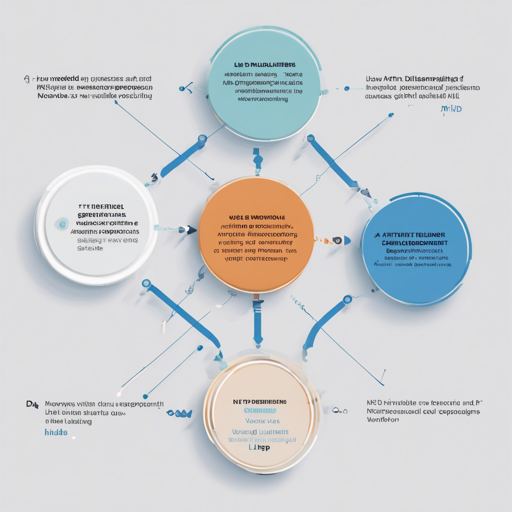In the age of artificial intelligence, question-answering systems have gained immense popularity. Among the different models available, DistilBERT stands out with its efficiency and accuracy. In this guide, we’ll walk through the steps to get started with the DistilBERT model for question answering, its uses, potential issues, and more.
Table of Contents
- Model Details
- How To Get Started With the Model
- Uses
- Risks, Limitations and Biases
- Training
- Evaluation
- Environmental Impact
- Technical Specifications
- Citation Information
- Model Card Authors
Model Details
Model Description: DistilBERT is a distilled version of BERT designed to be smaller, faster, and lighter without sacrificing accuracy. It has 40% fewer parameters than its predecessor and maintains over 95% of BERT’s performance.
Model Type: Transformer-based language model
Language(s): English
License: Apache 2.0
How To Get Started With the Model
To use the DistilBERT model for question answering, follow these steps:
from transformers import pipeline
# Load the model
question_answerer = pipeline("question-answering", model='distilbert-base-cased-distilled-squad')
# Context for question answering
context = r"""... Extractive Question Answering is the task of extracting an answer from a text given a question. An example of a question answering dataset is the SQuAD dataset..."""
result = question_answerer(question="What is a good example of a question answering dataset?", context=context)
# Output the answer
print(f"Answer: '{result['answer']}', score: {round(result['score'], 4)}")Uses
The primary use of the DistilBERT model is for efficient question answering. It’s particularly useful in scenarios like:
- Customer support systems
- Interactive chatbots
- Data extraction from documents
Risks, Limitations and Biases
CONTENT WARNING: The model can generate biased or offensive content. Users should remain aware of these risks when implementing the model.
Predictive biases in the model can propagate stereotypes across various demographics. It’s essential to approach this technology with caution.
For more insights, updates, or to collaborate on AI development projects, stay connected with fxis.ai.
Training
DistilBERT was trained on similar data used for BERT, including BookCorpus and English Wikipedia. If you’re interested in the details of the training procedure, refer to the model card linked in the model details section.
Evaluation
The model has achieved an F1 score of approximately 87.1 on the SQuAD v1.1 dev set, which showcases its ability for effective question answering.
Environmental Impact
When training AI models, it’s important to consider their carbon footprint. DistilBERT, for instance, utilized 8 V100 GPUs over 90 hours. Calculations can be made using the Machine Learning Impact calculator linked in the training section.
Technical Specifications
Refer to the associated paper for detailed specifications regarding the model architecture and training processes.
Citation Information
If you wish to cite the use of the DistilBERT model, utilize the following BibTeX format:
@inproceedings{sanh2019distilbert,
title={DistilBERT, a distilled version of BERT: smaller, faster, cheaper and lighter},
author={Sanh, Victor and Debut, Lysandre and Chaumond, Julien and Wolf, Thomas},
booktitle={NeurIPS EMC^2 Workshop},
year={2019}
}Model Card Authors
This model card has been meticulously crafted by the talented team at Hugging Face, who are pioneers in efficient AI model development.
At fxis.ai, we believe that such advancements are crucial for the future of AI, as they enable more comprehensive and effective solutions. Our team is continually exploring new methodologies to push the envelope in artificial intelligence, ensuring that our clients benefit from the latest technological innovations.
Troubleshooting Tips
If you face any issues when utilizing the DistilBERT model, consider checking the following:
- Ensure you’ve installed the Transformers library correctly.
- Verify that your input data adheres to the expected format.
- Keep your environment updated with the latest versions of PyTorch or TensorFlow, depending on which framework you utilize.
For more insights, updates, or to collaborate on AI development projects, stay connected with fxis.ai.

